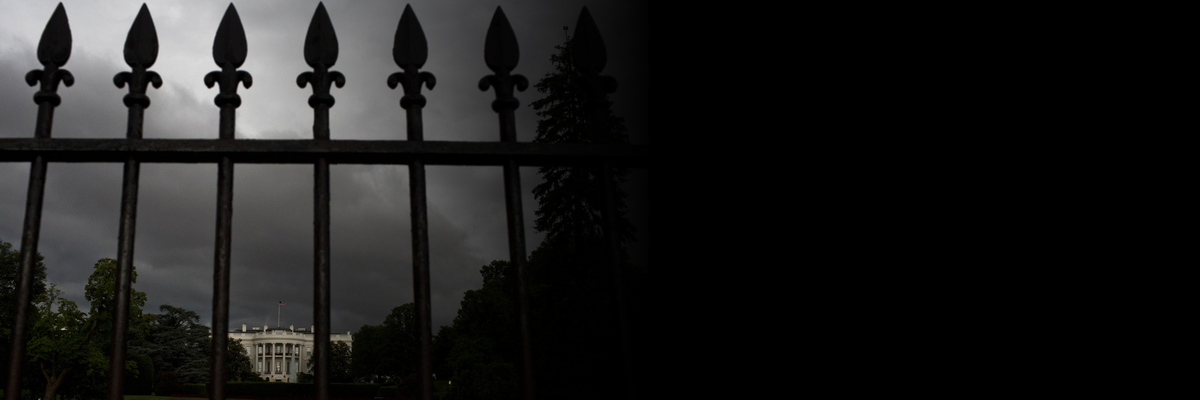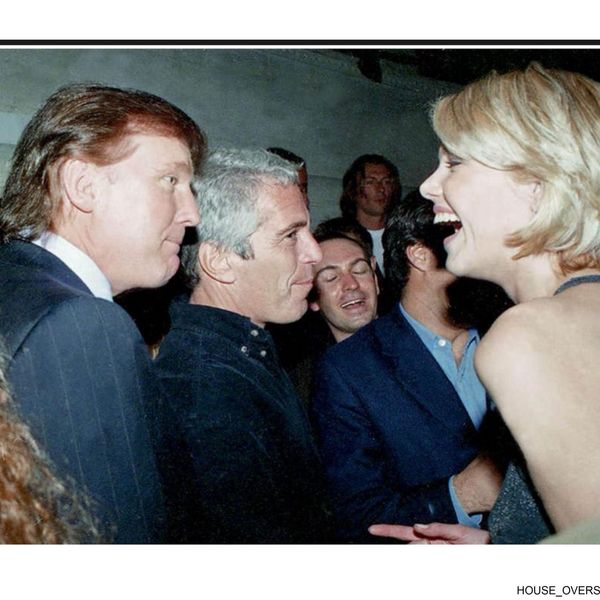When President Barack Obama last year banned the federal government from selling certain military equipment to police departments, civil liberties advocates cautiously welcomed the move as a positive development in curtailing militarized police forces.
In announcing the step on May 18, 2015, Obama said, "We've seen how militarized gear can sometimes give people the feeling like there's an occupied force, as opposed to a force that is part of that community it is protecting and serving."
But according to two of the law enforcement leaders who met with Obama and Vice President Joe Biden days after a gunman shot dead five Dallas police officers, the welcome may be short-lived, as Obama has "agreed to review each banned item," Reuters exclusively reported Thursday.
The ban--announced, as USA Today reported at the time, "following widespread criticism of a paramilitary-like response to riots" in Ferguson, Missouri following the police killing of Michael Brown, but also, as Common Dreams has reported, after decades of "quiet militarization of police departments" --covered tracked armored vehicles, bayonets, grenade launchers, and .50-caliber ammunition.
Less than a week after those two police organization heads, Jim Pasco, executive director of the Fraternal Order of Police, and Bill Johnson, executive director of the National Association of Police Organizations, participated in that White House meeting--undertook ostensibly because Obama and Biden "wanted to hear directly from law enforcement officials about their ideas on best practices for building trust between law enforcement and the communities they serve"--a gunman shot dead three Baton Rouge, La. law enforcement officers.
Reuters reports: "At last week's meeting, law enforcement leaders urged Obama to reinstate military equipment such as helmets, grenade launchers, and tracked armored vehicles to enhance officers' safety and their ability to respond to violent riots."
Yet, even if Obama backtracks on the ban, analysts noted that it wasn't as if it offered a panacea to a long-standing problem.
Justin Hansford, assistant professor at the University of St. Louis School of Law, for example, noted in the wake of the ban announcement that "neither Mike Brown, Freddie Gray, nor Eric Garner were killed with grenade launders or tanks. Racial targeting and anti-black police violence can survive demilitarization. At the base, the danger is that this is a way to 'deracialize' the debate, and make it about anything other than race."
Further, as Peter Kraska, an expert on police militarization, wrote last year, "police militarization is a 25-year long trend that has only grown in momentum over time. The restrictions on militaristic gear directed by the White House while important symbolically, will certainly not substantively impact this trend in and of itself. Police militarization at this point is as much a cultural problem as it is a material one, and reversing the cultural trend toward police militarization will require more far reaching efforts."


